Seeking top-tier, inclusive PE games suitable for all students? Adapted physical education encompasses a range of modified games and activities designed not only for students with disabilities or motor delays but for everyone, ensuring an inclusive and accessible learning environment.
We commend PE teachers, coaching professionals, and educational institutions who are actively seeking methods to enrich their physical education curriculums to cater to a wide spectrum of students. It’s essential to recognize that students, irrespective of their physical or other differences, deserve equal opportunities. Dive into our curated collection of PE games, activities, and adaptative techniques suitable for students of diverse needs and capabilities.
Why Inclusive Games Are Vital
- Championing Equality, Diversity, and Respect: In a diverse society, promoting understanding and acceptance is paramount. Inclusive games act as a microcosm of the broader community, where individuals of varying abilities come together, emphasizing the importance of mutual respect and appreciation. By integrating these games in physical education, students not only learn the skills related to the game but also the values of equality and respect. Such an environment doesn’t just tolerate differences; it celebrates them, paving the way for a more inclusive future.
- Empowerment Through Self-Efficacy: Confidence isn’t just about succeeding in a task but also about the journey of confronting challenges and overcoming them. Inclusive PE games are structured in a manner that acknowledges individual strengths while challenging areas of growth. This adaptive approach ensures every participant, irrespective of their starting point, feels a sense of achievement and progress. Over time, this not only builds confidence in physical abilities but also reinforces a positive self-image and a can-do attitude, which are essential life skills.
- Cultivating Interpersonal Skills and Building Community: Physical education, at its core, isn’t just about physical fitness but also about fostering community and collaboration. Inclusive games provide a platform where students from diverse backgrounds and abilities come together with a common goal. The process of strategizing, collaborating, celebrating victories, and navigating challenges collectively sharpens crucial social skills. This exposure helps in developing empathy, understanding, and effective communication. In the long run, these skills prove invaluable in personal and professional spheres, making students not just better players but also more compassionate and collaborative individuals.
Activity: Rhythmic Movement Warm-Up
Children can initiate their PE class or athletic training sessions by syncing their movements with melodies. Utilizing every part of the body— from arms and legs to heads and toes—creates an inclusive atmosphere. Kick off by stretching collectively, followed by a range of motions tailored to each individual’s capability: swaying arms, flexing knees, twirling hands and feet, nodding heads, toe touches, jump-squats, hand claps, and more. Enhance the educational aspect by encouraging students to shout out muscle names, applauding with each mention. Those comfortable can also pinpoint those muscles, like the biceps, triceps, or hamstrings. For younger participants, blend in some excitement by merging vocal expressions with bodily movements—roaring while showcasing their ‘claws’, chirping while fluttering their ‘wings’, or imitating various animals as they navigate on all fours.
Activity: Giant Twists and Turns Adventure
This engaging game, though requiring some preparation and equipment, is a delightful experience for participants across all age groups and abilities. It’s an excellent method to instill turn-taking values and promote physical agility among students.
Design a maze on the gym floor using a lengthy rope or a combination of ropes. This layout should consist of both straight pathways and curved sections to divert the course’s direction. Intersperse this path with hula hoops and foam pads, positioning cones (preferably weighted) at each twist and turn of the rope course.
Drawing inspiration from traditional board games, players rotate, casting foam dice and progressing according to the number rolled, moving through the hula hoop/foam pad “stations” set on the path. For students with visual challenges, the rope acts as a tactile guide. Whether walking, hopping, or using wheelchairs, participants can either step inside the hoops, leap onto foam pads, or navigate adjacent to them. If a player lands on a specific foam square, they must restart the journey. The objective is to reach the path’s conclusion, with the option of teaming up, allowing students to support each other in this exciting adventure.
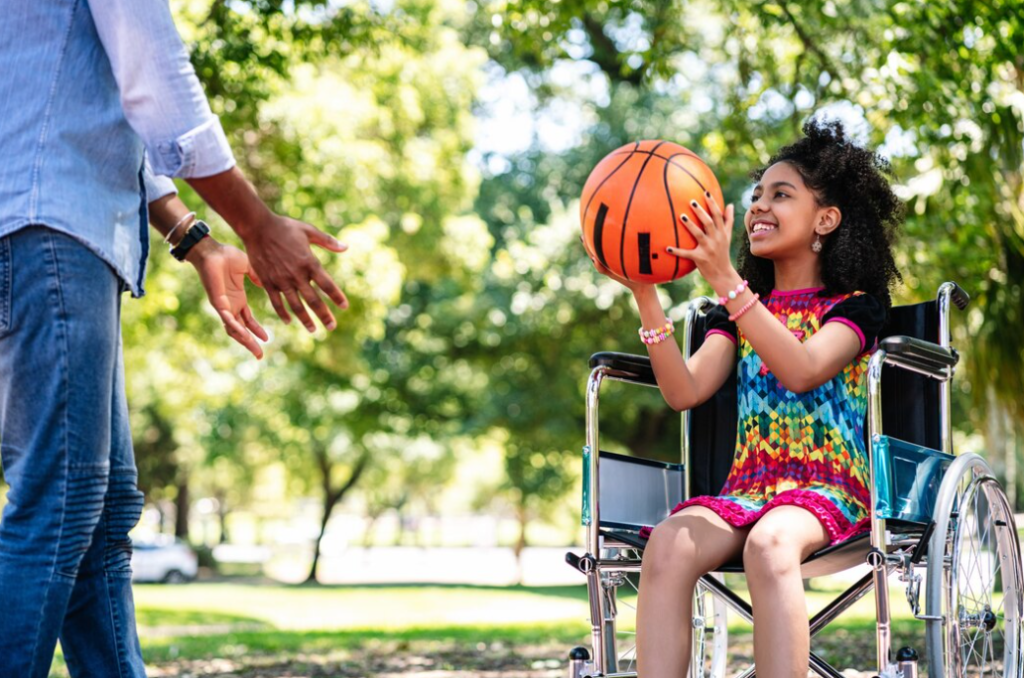
Activity: Adventure Trail Challenge
Students, irrespective of their abilities, can team up in pairs to journey through an elaborate adventure trail. This includes scooters for mutual assistance, hula hoops adaptable for varied movements, tactile rope pathways, communal parachute activities, among other engaging elements.
Game: Aerial Noodle Duel
Students can utilize pool noodles as batons to keep balloons floating mid-air. By forming teams, they can establish goalposts using hula hoops or spacious containers. Incorporate simple guidelines about team passes, goal achievements, point tallies, and actions on balloon ground-touches for structured fun.
Game: Adaptive Teamplay
Reimagining traditional team sports like soccer is about making intuitive adjustments. Examples include letting participants walk or use wheelchairs, tailoring the field’s size and marking clear boundaries, or opting for a larger, softer, or more lightweight ball in lieu of a regular soccer ball. Players can even be permitted to use their hands for hitting or passing the ball. Wheelchair-bound participants can comfortably place the ball on their laps as they navigate the field. Remember, similar modifications can enhance the accessibility of other conventional team sports, from basketball to softball.
Activity: Nurturing Mindful Awareness
PE educators recognize the critical role mindfulness plays in physical training, which additionally benefits students academically and boosts their self-esteem and emotional well-being. The beauty of mindfulness is its universal applicability, allowing all students to develop associated skills and enjoy its perks.
Kickstart your mindfulness journey by engaging in one of the most foundational exercises: collective breath counting during slow inhalation and exhalation. Another enriching exercise is to guide students through a relaxation process, focusing on each primary muscle group. Begin from the head and neck and progress downwards, synchronizing with measured, calm breaths.
Game: Universal Alley Fun
Bowling with an adaptive twist provides a delightful experience for participants spanning all skill sets and capabilities, plus it’s hassle-free to organize. Utilize exercise bands affixed between furniture legs, such as chairs or tables, enabling students to either use their extremities or collaborate with peers to catapult a ball in the direction of target pins. Opt for balls made of foam, yarn, or other suitable materials, and pins can vary from cones, blocks, mini balls, or any creative substitute. For those with visual challenges, tactile tape can be laid on the ground to delineate the ideal ball trajectory.
Universal Inclusivity Principles
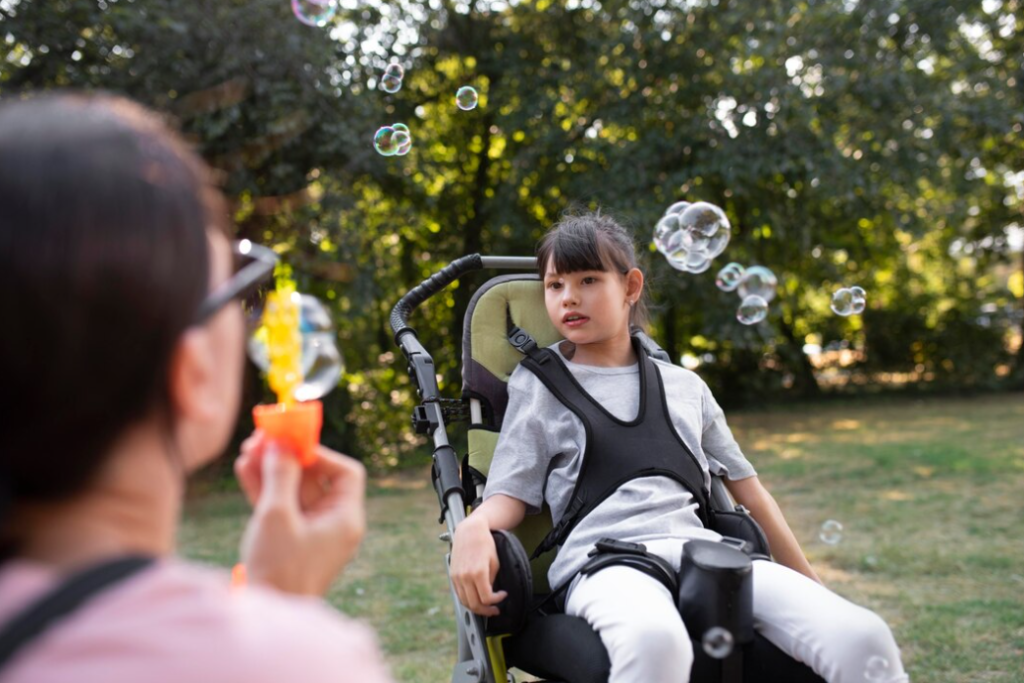
- Incorporate sound elements: Utilize targets that resonate upon impact, or employ audio devices beneath basketball hoops to enhance sensory feedback.
- Diversify equipment features: Alter the dimensions, heft, and textures of balls, aiding visually impaired students in distinguishing between them.
- Establish dedicated zones: Designate calm areas for noise-sensitive students and separate active zones equipped with mini-trampolines or stress-relief squeeze balls.
- Deploy visual aids: Display snapshots of students demonstrating exercise poses or moves, serving as visual cues for sequence, rules, or maneuvers.
- Optimize playing fields: Prefer smaller, clearly demarcated zones, incorporating tactile boundary markers.
- Embrace Velcro: Integrate Velcro on sports gear like balls, gloves, mitts, and paddles, ensuring all participants can experience success.
- Foster team spirit: Encourage students to form pairs or small groups to provide mutual assistance during activities.
- Adjust play settings: Modify the height of nets and baskets, expand goal dimensions, and consider adjusting or foregoing time constraints.
- Amplify autonomy: Offer options within activities, empowering students in their physical education journey.
- Prioritize consistency: For many students with diverse needs, predictability is key. Clearly communicating rules, outlining activities, pre-empting sensory stimuli, and maintaining regularity can significantly enhance their experience.
Conclusion
Physical education is not merely about agility, strength, or competition; it’s about nurturing holistic growth, encouraging participation, and fostering camaraderie among students. This article has illuminated the significance of adaptive games and activities, highlighting their role in bridging the gap between diverse abilities. By tailoring traditional games, introducing novel activities, and focusing on universal inclusivity principles, educators can provide a platform where every student, regardless of their abilities, can thrive, interact, and learn.
Inclusivity is not a fleeting trend or an elective approach; it’s an essential philosophy that should be woven into the fabric of every educational institution. By embracing these adaptations and innovations in physical education, we not only offer equal opportunities but also celebrate the diverse spectrum of student capabilities. Through these inclusive games and strategies, we are taking strides toward a more understanding, compassionate, and equal society, one where every student, irrespective of their differences, feels valued, empowered, and part of a collective whole.







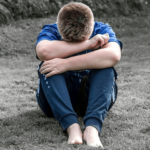

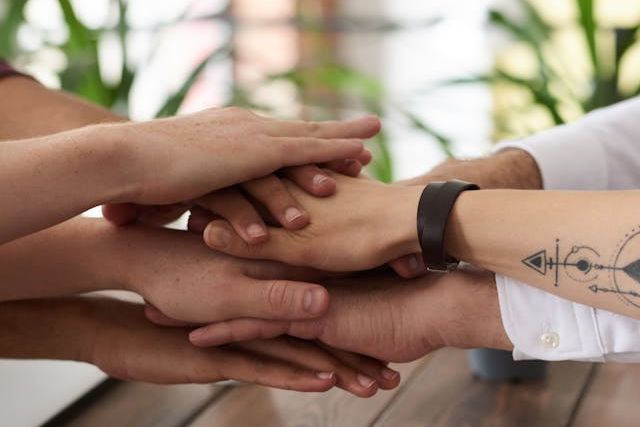
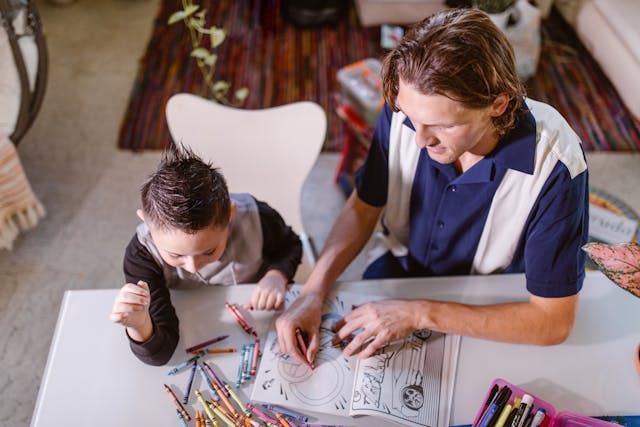


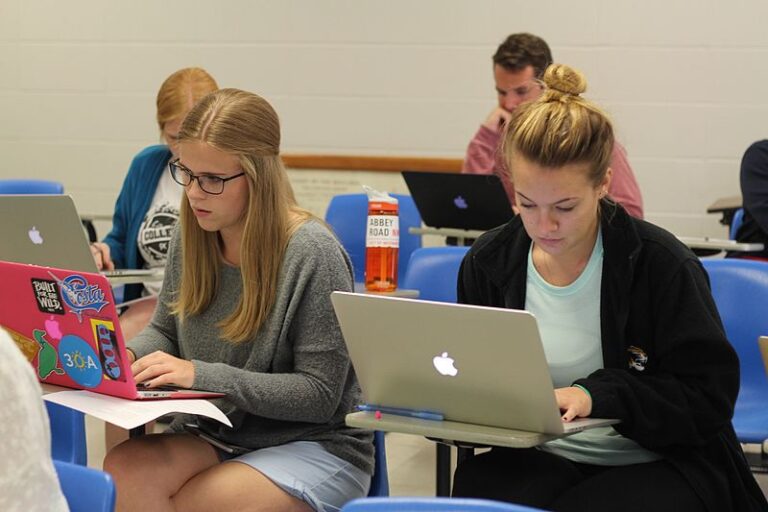
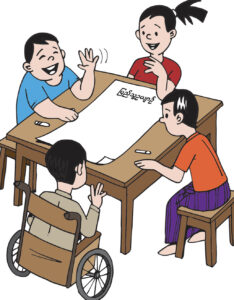



+ There are no comments
Add yours